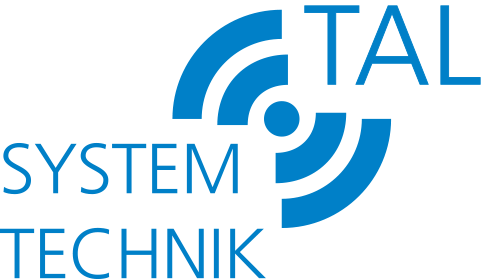Creating Better Learning Environments: How Acoustic Insulation Improves Educational Spaces
In today’s rapidly advancing world, educational spaces play a crucial role in shaping the future of students. However, traditional classrooms can often be noisy and chaotic, hindering students’ ability to focus and learn effectively. To overcome this challenge, many educational institutions are turning to acoustic insulation or “akustische dämmung” to create better learning environments.
Acoustic insulation helps mitigate noise and sound pollution within educational spaces by absorbing and reducing unwanted external sounds, reverberation, and echoes. This technology is especially important in classrooms, lecture halls, libraries, and other educational areas where focus and concentration are vital.
One of the primary benefits of acoustic insulation in educational spaces is improved speech intelligibility. When classrooms are filled with noisy distractions, students may struggle to hear and understand their teachers. This barrier can significantly impact their learning experience and overall academic performance. By installing acoustic insulation, the reverberation time can be reduced, thus enhancing speech clarity and allowing students to better comprehend the information being taught.
In addition to speech intelligibility, acoustic insulation also promotes a more comfortable and conducive learning environment. Without proper insulation, ambient noises from outside the classroom, such as traffic or construction, can permeate the space and disrupt concentration. Acoustic insulation helps create a peaceful environment, free from disruptive external noise, which allows students and teachers to focus on the task at hand.
Furthermore, acoustic insulation can improve students’ overall well-being and mental health. Excessive noise levels have been linked to increased stress, anxiety, and even decreased cognitive function. By implementing acoustic insulation in educational spaces, institutions are creating a healthier and more supportive learning environment, where students feel more at ease and confident in their ability to concentrate and excel academically.
Moreover, acoustic insulation also benefits teachers and staff members by reducing vocal strain and fatigue. Constant exposure to high levels of noise can lead to vocal problems and exhaustion, making it harder for teachers to deliver engaging and effective lessons. With proper acoustic insulation, teachers can maintain better vocal health and deliver their lessons more comfortably, improving their overall teaching experience and effectiveness.
Implementing acoustic insulation in educational spaces is an investment in both students’ academic success and overall well-being. By creating more peaceful and focused learning environments, institutions can enhance students’ ability to absorb information, foster active participation, and promote a positive educational experience.
In conclusion, acoustic insulation, or “akustische dämmung,” is integral to creating better learning environments in educational spaces. By reducing noise pollution and promoting speech intelligibility, it allows students to concentrate better, absorb information effectively, and achieve higher academic performance. Additionally, acoustic insulation contributes to the overall well-being of students, teachers, and staff by reducing stress levels and improving vocal health. As educational institutions continue to prioritize students’ academic success and well-being, the implementation of acoustic insulation becomes an essential element in creating optimal learning environments.
************
Want to get more details?
TAL Systemtechnik GmbH
https://www.tal-systemtechnik.de/
+49 7731 68405
Byk-Gulden-Straße 36, 78224 Singen
TAL Systemtechnik GmbH – Wir produzieren und liefern Ihnen konfektionierte Dämmstoffe nach Maß, Akustische Dämmung zur Schallisolierung, den TL flexibler Abgasschlauch hitzebeständig und diverse Schallschutzvorhänge für die Industrie.












